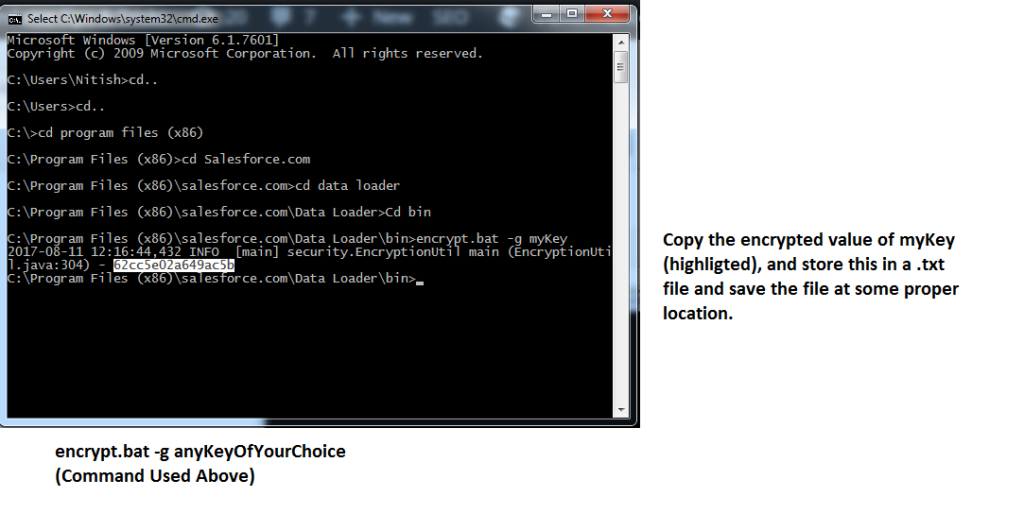


When you write the login command in your command file, you must specify a user ID that shouldīe used exclusively for running the Export Tool. For detailed information about the login command, see “login The login command logs the specified user into the SVP.
#Commander one preparing to copy files password#
This script specifies that you use the user ID expusr and the password passwd to log into the SVP. For detailed information about the svpip command, see “svpip The svpip command specifies the IP address of the SVP. You must log into the SVP when using the Export Tool. This script specifies that you are logging into the SVP whose IP address is 158.214.135.57. The scripts in this command file is explained as follows: Semicolon to the end of the line are regarded as a comment. In the above scripts, the semicolon ( ) indicates the beginning of a comment. Option compress Specifies whether to compress filesĪpply Executes processing for saving monitoring data Outpath out Specifies directory in which files will be saved Specifies term of data to be exported for data Group RemoteCopy Specifies type of data to be exported

Group PhyPG Long Specifies type of data to be exported and type Show Outputs storing period to standard output Svpip 158.214.135.57 Specifies IP address of SVP In the command file execute sequentially and then the monitoring data are saved in files.įigure 38gives an example of a command file: When you run the Export Tool, the commands You need to write several commands in a command file. To run the Export Tool, you must write scripts for exporting monitoring data.


 0 kommentar(er)
0 kommentar(er)
